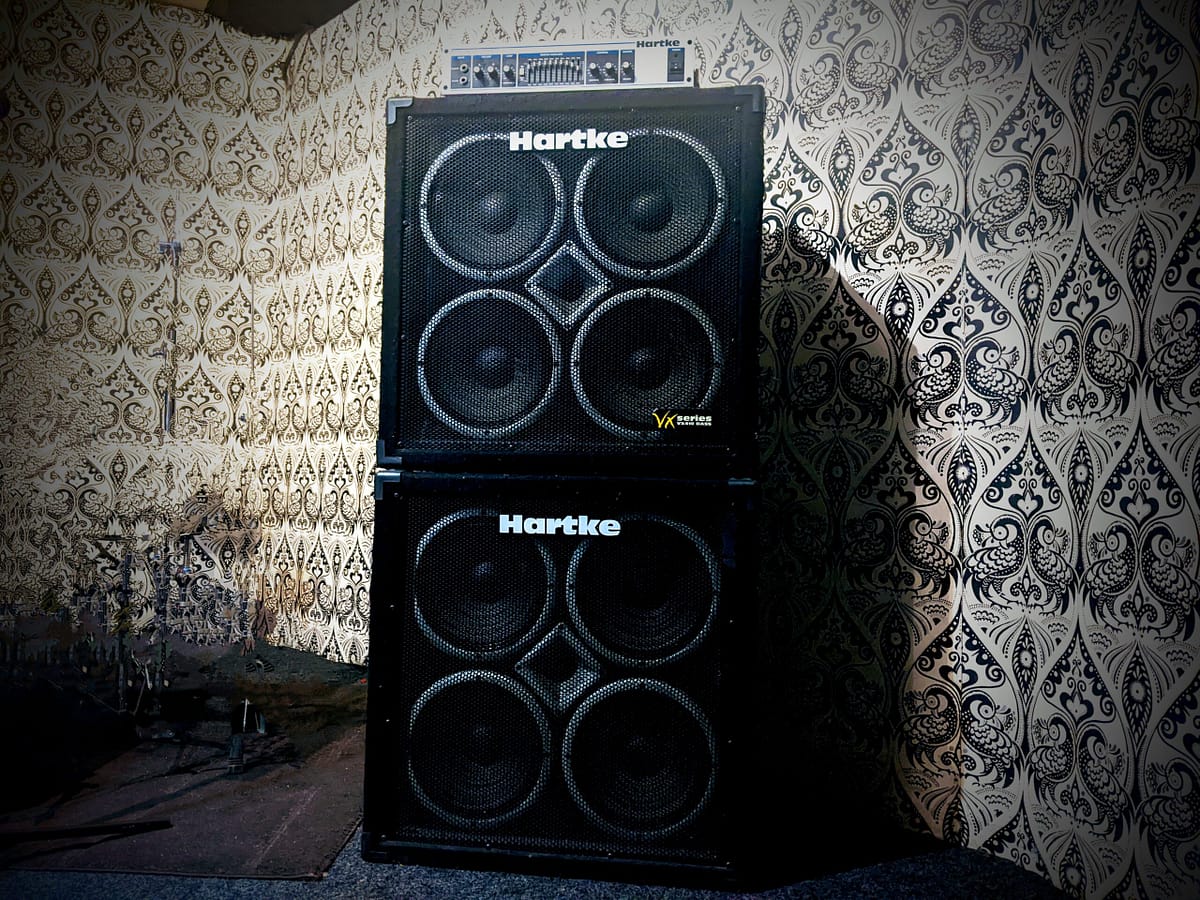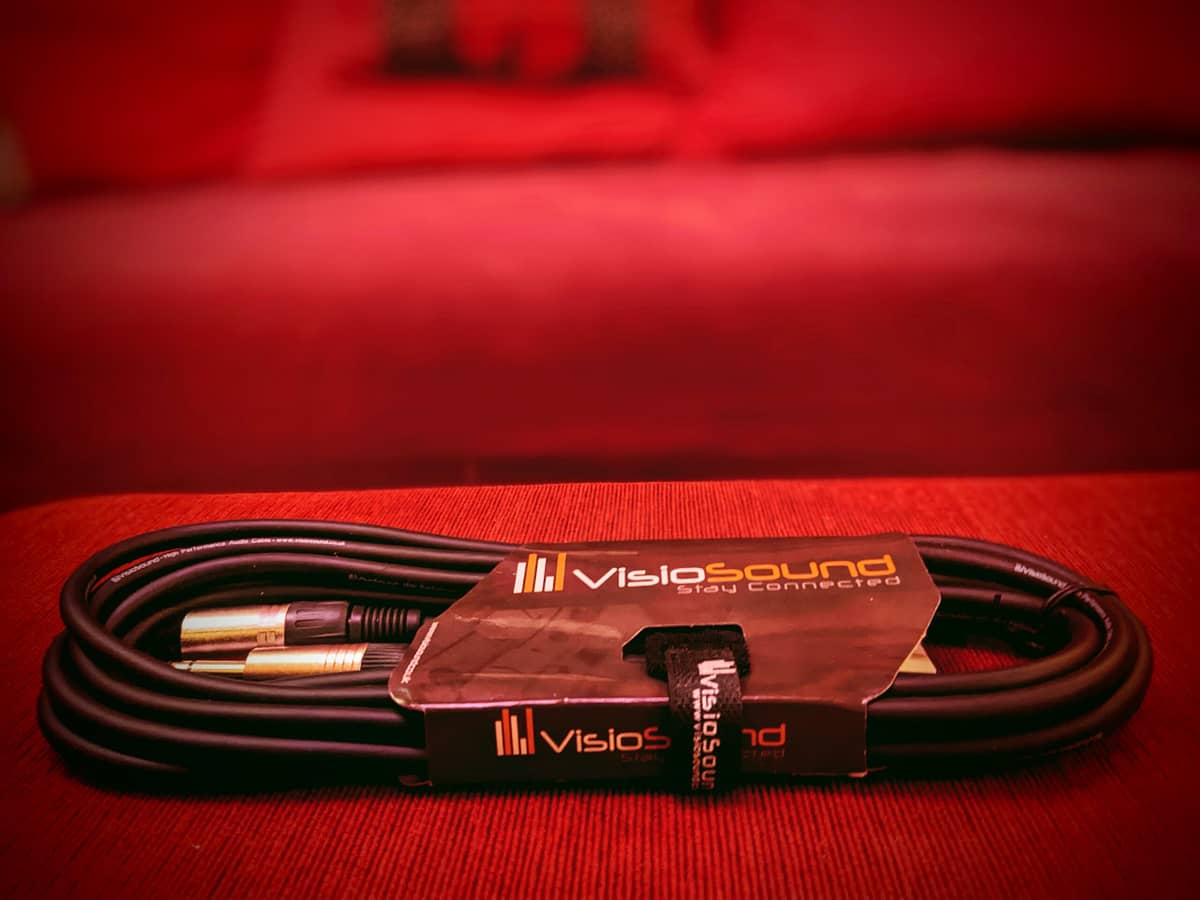When it comes to playing the bass guitar, having the right equipment is crucial to achieving the desired tone and sonic impact. One of the most important components of a bassist’s arsenal is the bass amplifier. Bass amps are specifically designed to handle the low frequencies produced by the bass guitar, providing the power and clarity needed to cut through the mix and create a strong foundation for the band. In this article, we delve into the world of bass amps, exploring their key features, types, and what to consider when choosing the right one for your needs.
Understanding the Basics: Before we dive into the various types of bass amps, it’s important to understand the fundamental components that make up these amplifiers. A typical bass amp consists of three main sections: the preamp, power amp, and speaker(s). The preamp shapes the tonal characteristics and provides control over features such as gain, EQ, and effects. The power amp amplifies the signal from the preamp and delivers it to the speakers, which ultimately produce the sound that you hear.
Types of Bass Amps:
- Solid-State Bass Amps: Solid-state bass amps use transistors to amplify the signal. They are known for their durability, reliability, and affordability. Solid-state amps generally have a clean and clear sound, and they are well-suited for genres that require a precise and articulate bass tone, such as jazz and funk.
- Tube Bass Amps: Tube (or valve) bass amps utilize vacuum tubes to amplify the signal. They are cherished for their warm, rich, and harmonically complex tone. Tube amps tend to exhibit a more dynamic response and natural compression when pushed, making them popular among rock, blues, and vintage enthusiasts. They often require more maintenance and can be heavier and costlier than solid-state amps.
- Hybrid Bass Amps: Hybrid bass amps combine the best of both worlds by incorporating both solid-state and tube technologies. These amps use solid-state circuitry in the preamp section and tubes in the power amp section, providing a blend of reliability, versatility, and tube-like warmth.
- Modeling Bass Amps: Modeling bass amps employ digital technology to simulate the characteristics of various amp models, speaker cabinets, and effects. They offer a wide range of tonal possibilities, allowing bassists to replicate the sounds of different amps and experiment with diverse effects. Modeling amps are ideal for players who require versatility and want to explore various tones without investing in multiple physical amps.
Considerations When Choosing a Bass Amp:
- Power: Consider the wattage of the bass amp based on your playing needs. Higher wattage amps provide more headroom, allowing you to play at higher volumes without distortion. Smaller wattage amps are suitable for practice and smaller venues, while larger wattage amps are better suited for live performances and larger venues.
- Tone and EQ Controls: Look for a bass amp that offers comprehensive tone-shaping capabilities. A good EQ section with bass, mid, and treble controls allows you to tailor your sound to match your playing style and the musical genre you’re performing.
- Portability: Depending on your needs, consider the size and weight of the amp. If you’ll be frequently traveling or gigging, a lightweight and compact amp will be easier to transport.
- Connectivity and Features: Check the available inputs and outputs of the amp. Look for features such as built-in effects, headphone outputs for silent practice, direct recording outputs, and external speaker outputs.
- Budget: Set a realistic budget range and explore options that offer the best value for your investment. Consider both the initial cost of the amp and potential maintenance costs if you choose a tube-based model.
Choosing the right bass amp is a vital decision for any bassist seeking to unlock their true potential and achieve their desired sound. Whether you prefer the clean precision of a solid-state amp, the warm and dynamic response of a tube amp, the versatility of a hybrid amp, or the tonal exploration offered by a modeling amp, there is a perfect choice for every player.
Consider your specific needs, such as power requirements, tonal preferences, portability, and available features when selecting a bass amp. Take the time to research and try out different models, and if possible, test them in various playing environments to gauge their performance.
Remember, the bass amp you choose should complement your playing style, genre preferences, and long-term aspirations. It should empower you to create a strong foundation for the music while providing the necessary flexibility to explore different sonic territories.
Investing in a quality bass amp is an investment in your musical journey. So, unleash the thunder, find the perfect bass amp that resonates with your style, and let your bass lines rumble with power and clarity. The world awaits your booming sound!
Taking good care of your bass amp, especially if it’s a valve (tube) type, is essential to ensure its longevity and optimal performance. Here are some tips to help you maintain and protect your bass amp:
- Proper Handling and Transportation:
- When moving or transporting your amp, always handle it with care. Avoid dropping it or subjecting it to sudden shocks or impacts.
- Use protective cases or covers specifically designed for amplifiers to shield your amp from scratches, dust, and moisture.
- If you need to transport the amp frequently, consider investing in a road case with padding for added protection.
- Tube Maintenance:
- Tubes are delicate components and can be affected by vibrations. Make sure the tubes are properly secured in their sockets before moving or transporting the amp.
- Allow your amp to cool down before moving it to prevent thermal shock to the tubes. Tubes should be handled with caution as they can get hot during operation.
- If your amp uses replaceable tubes, follow the manufacturer’s recommendations for tube replacement intervals. Over time, tubes can wear out and affect the overall sound quality of your amp.
- Ventilation:
- Make sure that your amp has adequate ventilation to prevent overheating. Very important this. Amplifiers generate heat during operation, and proper ventilation is crucial for optimal performance and longevity.
- Avoid placing the amp in enclosed spaces or covering it with fabrics or objects that obstruct airflow. Keep the vents and fan (if applicable) free from dust and debris.
- Powering On and Off:
- When turning on your amp, make sure to follow the recommended power-up procedure provided by the manufacturer. This often involves waiting for a few seconds after switching on the power before engaging the standby switch or playing.
- Similarly, when powering off your amp, follow the recommended procedure to allow the tubes to cool down gradually. Avoid abrupt power-offs, as they can potentially damage the tubes.
- Cleaning:
- Regularly clean the exterior of your amp using a soft, lint-free cloth. Be gentle and avoid using abrasive cleaners or solvents that can damage the finish.
- Periodically clean the input/output jacks and potentiometers (volume, tone controls) using contact cleaner to remove any dirt or debris that may affect their functionality.
- Regular Maintenance:
- Consider having your valve amp serviced periodically, especially if you notice any issues with sound quality.
- A technician can inspect and test the tubes, check the circuitry, and perform any necessary maintenance or repairs to keep your amp in optimal condition.
By following these care tips, you can ensure that your bass amp, especially valve types, remains in excellent condition, providing you with great tone and reliability for years to come.








